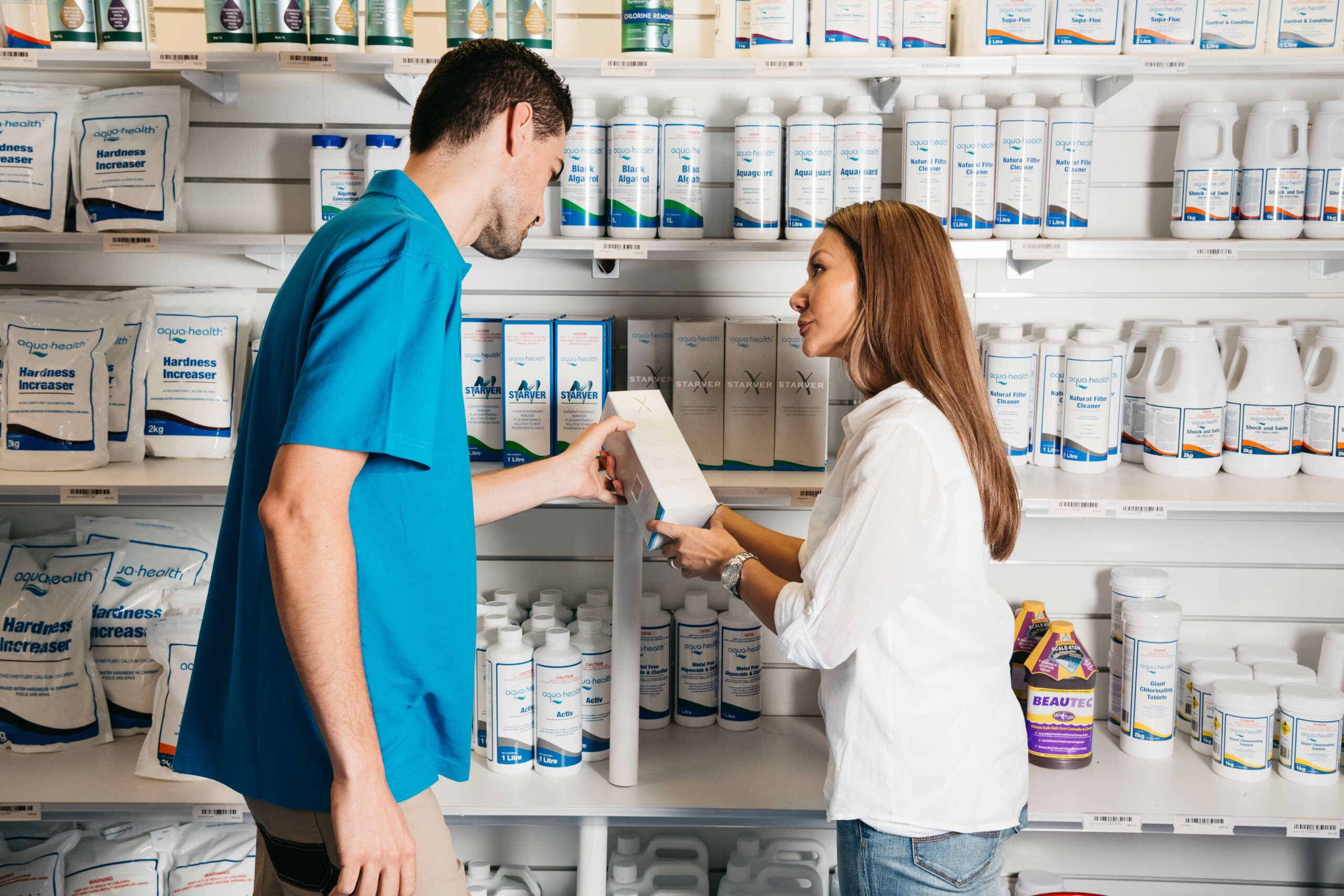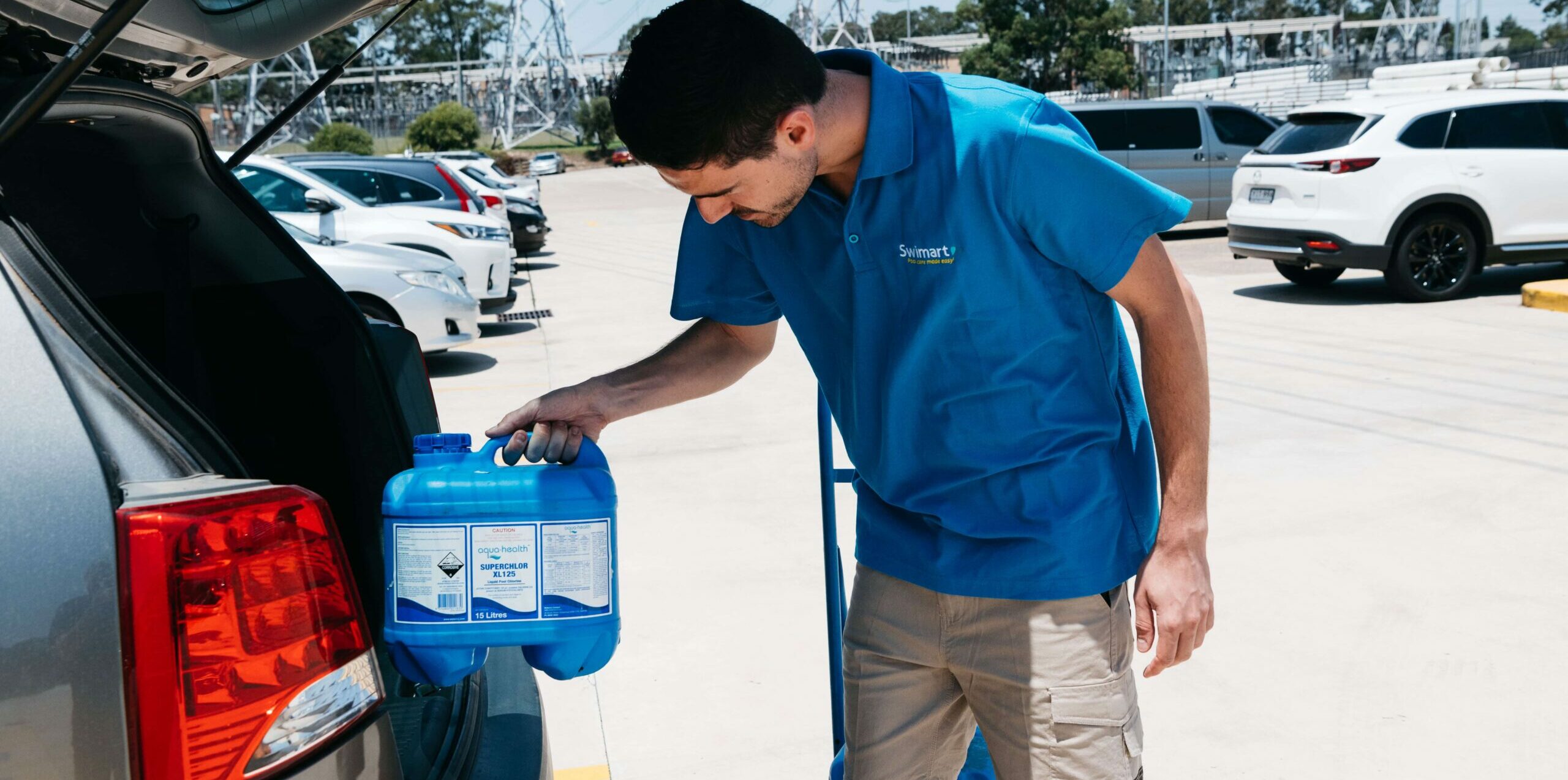Product Info
Shock treatment
11 April 2012
Shocking treatment Shock your pool into good health Shock treating, also known as shocking, a swimming pool refers to the addition of anything to the water that will remove or destroy ammonia and nitrogen compounds by oxidation. Shocking your pool regularly helps rid the pool of organic and inorganic wastes (referred to as chloramines), such […]
Shocking treatment
Shock your pool into good health
Shock treating, also known as shocking, a swimming pool refers to the addition of anything to the water that will remove or destroy ammonia and nitrogen compounds by oxidation.
Shocking your pool regularly helps rid the pool of organic and inorganic wastes (referred to as chloramines), such as sweat, cosmetics, suntan lotions, body oils, urine, contaminants brought in by rain or wind, bird droppings, dead bugs and small animals that ‘visit’ your pool. Proper shocking helps ensure that the sanitiser can concentrate on killing bacteria and algae rather than having to fight these other foreign materials.
Put simply, when a pool is properly shocked, the pool stays cleaner, more sparkling, and is less prone to algal blooms and cloudy water.
Non-chlorine shock
The active ingredient in non-chlorine shock products is potassium peroxymono sulphate, also known as permonosulphate. Like chlorine, permonosulphate is an oxidiser that will destroy organic contaminants such as ammonia in swimming pools and spas. However, permonosulphate compounds do not kill or disinfect, they simply control organics and combined chlorine, helping ensure that the chlorine can do its job as a sanitiser.
Unlike superchlorination, permonosulphates are effective in preventing odours and eye and ear irritation because they do not contain chlorine, but rather oxidise waste through the use of oxygen.
No matter how little of the non-chlorine shock you add, at least some of the organic contaminants will be destroyed, and no additional chloramines will be formed. This overcomes one major drawback of superchlorination. And if you overdose with a non-chlorine shock by adding more than is required, no extended waiting period is needed before swimming can be resumed.
Although bathers should not be present when any chemical is added to the water, swimming can be resumed after the permonosulphate has had a chance to dissipate, usually within just a few hours.
Permonosulphates are 100-percent soluble and will not leave a residue or bleach vinyl liners or swimming suits. They are also safer to store and handle than chlorine products, because they will not burn or release chlorine gas.
Aquahealth Ultra Shock
Swimart stores stock AquaHealth Ultra Shock, which is an attractive alternative to super-chlorination for the shock treatment of swimming pools. It effectively oxidises the organic content of pool water quickly and easily.
Features and benefits of Ultra Shock include:

- Contains NO chlorine, which means no unpleasant odours
- Like chlorine, destroys organic compounds - making water sparkle
- Compatible with all chlorinated (including salt), brominated or ozonated sanitising systems
- Dissolves easily in water - no pre-mixing is required
- Suitable in all pool water conditions
- Preferred super-chlorinator in salt water pools as it doesn't affect chlorinator electrodes
- No pool shutdown is required - dose and swim one hour later
- Pre-measured jars are simple to use
Want to know if your pool requires shocking? Just contact your local Swimart technician who can advise you on what to do. Better still, bring in a sample of your pool water and receive a free computer analysis.


 AUS
AUS NZ
NZ 



